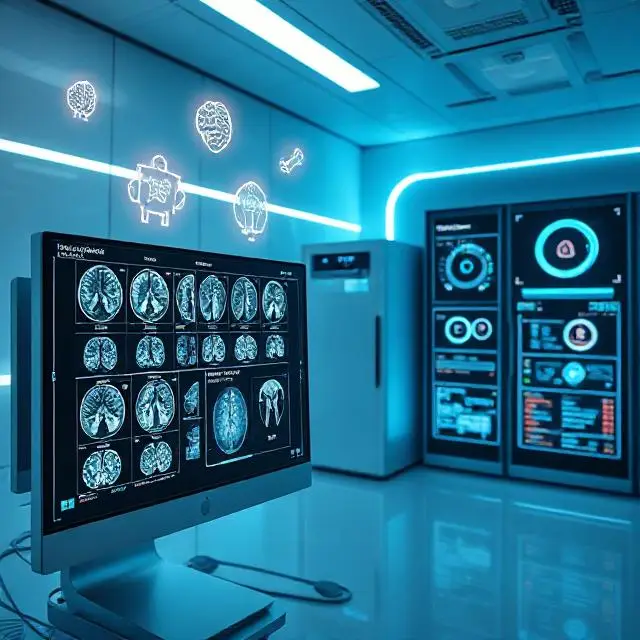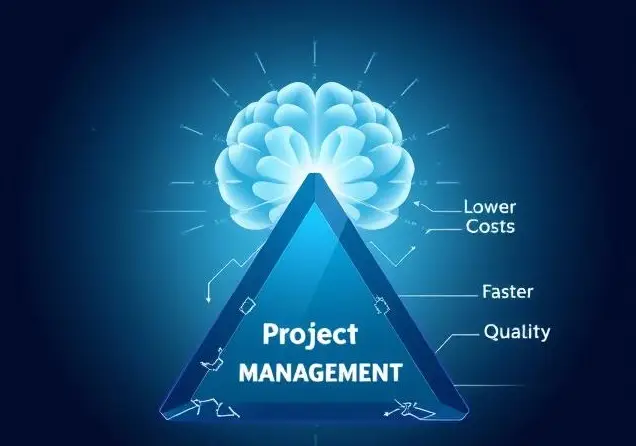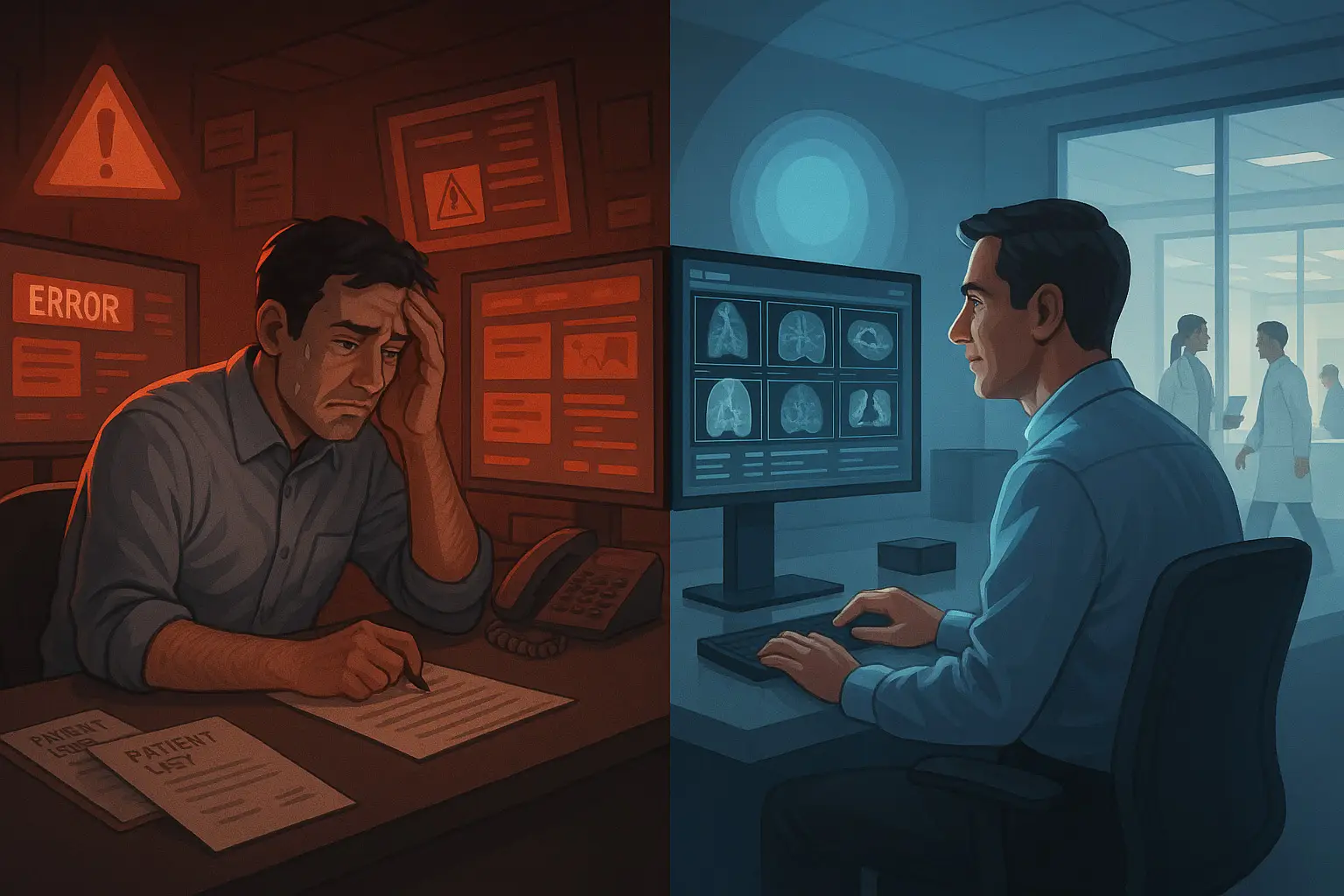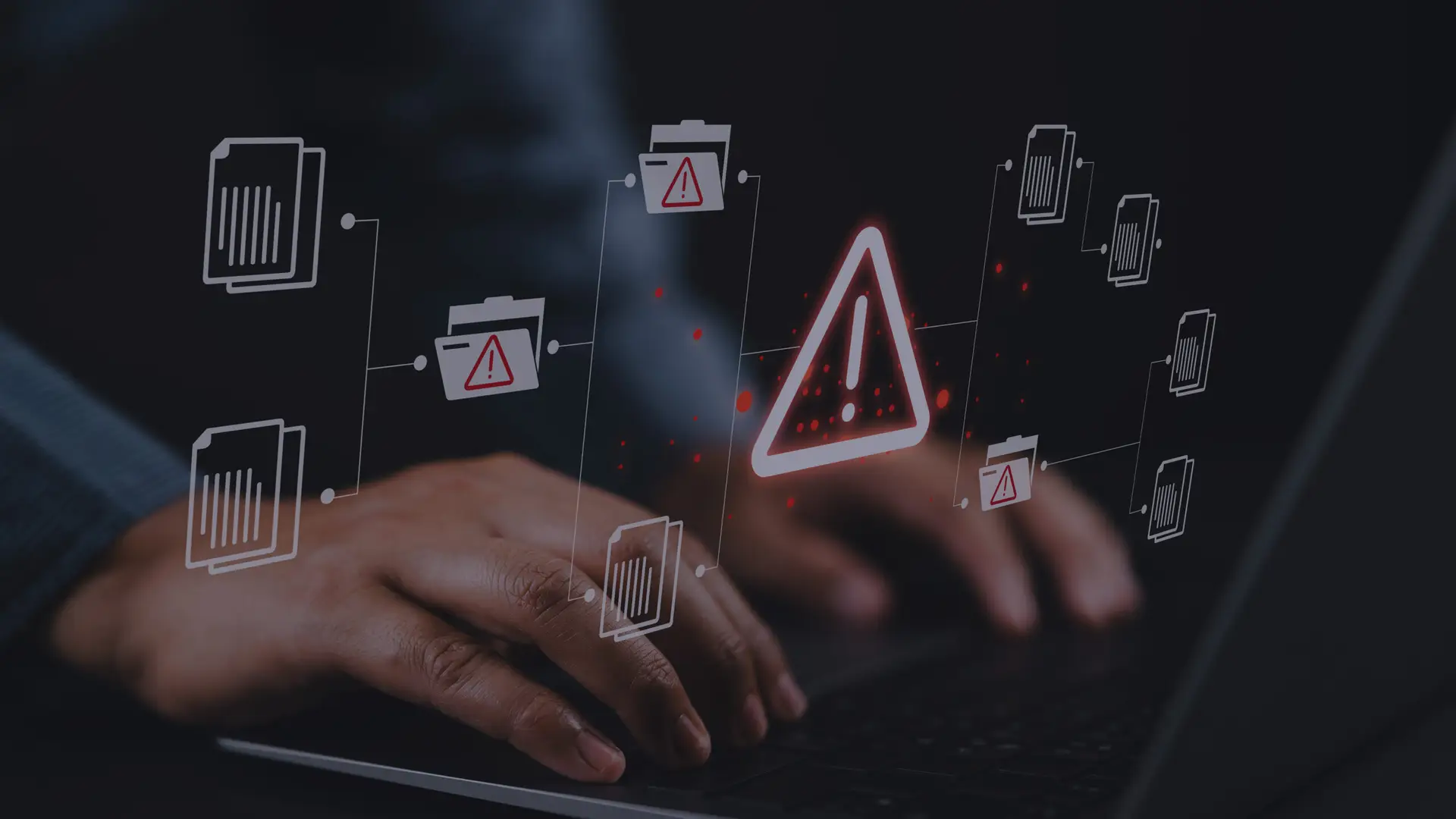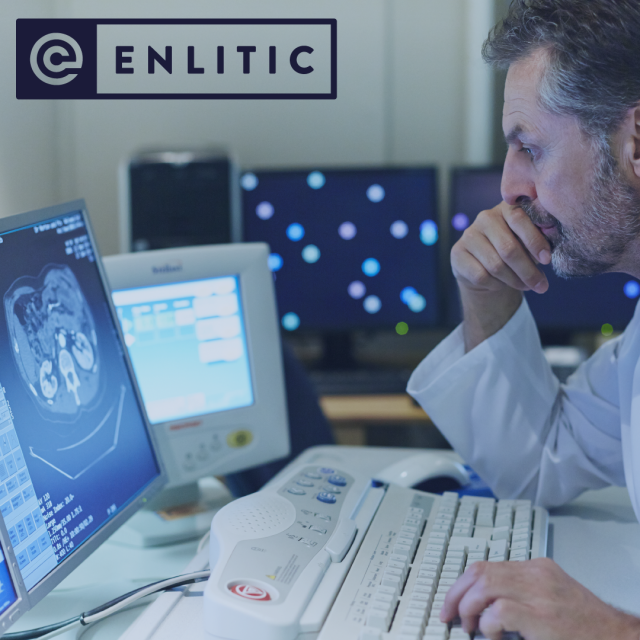 The Onus is on Vendors to Create Time For Radiologists
The Onus is on Vendors to Create Time For Radiologists
It’s often said that time is our most valuable commodity. More often than not, we are always striving to find more time but how do we create time for radiologists? This is particularly true in healthcare. Greater demand for imaging and new workflow processes bombard radiologists and radiology staff, resulting in continually increasing workloads. Clinicians are always facing the challenge of doing more with less and to move faster. At the same time there is an expectation to maintain a high quality of patient care and outcomes.
ENLITIC
At Enlitic, we don’t try to find time for radiologists – we create time for radiologists. The AI-powered solutions that we build are enterprise health system-level solutions. We design our solutions to do the things that humans cannot or should not be doing. Our solutions provide clinicians with support tools that assist in their diagnosis, planning, and recommendations while focusing on patient care.
Most AI products today are point solutions built to do a very specific, singular thing to address a very precise need. For example: lung nodule detection. A radiologist can use AI to detect a lung nodule, measure it and report on it. However, these solutions only buy radiologists seconds, taking dozens of non-interoperable AI algorithms to bring significant time savings and value to radiology workflow.
EVALUATING WORKFLOW
At Enlitic, we comprehensively evaluate the entire workflow to identify real problems and attack them at their core. Our first application assisted radiologists in the detection of fractures when interpreting x-rays of the wrist; this application was shown to improve reading time by 21 percent while improving radiologist sensitivity and specificity. Looking at similar applications on the market today, most vendors would consider this a highly successful result, and a highly marketable product.
Our goal is not to save seconds of time here and there—our goal is to create time. A 21% time savings is significant but the big picture view leaves one asking: How often does this really apply? X-ray wrist imaging makes up a small fraction of the average case load. Realistically, this algorithm is most beneficial when fractures are present. Most importantly, wrist images take significantly less time and fewer resources to interpret than nearly any other. When taking these considerations into account, the headline result is significantly less impactful.
Curie|ENDEX
This sort of analysis is key to discovering the most impactful ways of deploying AI. This has led to our most recent application, Curie|ENDEX. Most imaging studies are not wrist plain-films. Most imaging studies, especially cross-sectional ones, are complex series of images needing interpretation holistically, to render a diagnosis. This leads to a common step in workflow wherein the radiologist begins each interpretation first by arranging all of the relevant images into the order or layout most comfortable for their routine, often called a “hanging protocol.”
Most radiology software recognizes the concept of allowing radiologists to save preferences. These hanging protocols often break due to interoperability issues and an inability to adhere to conventions around naming and protocoling. ENDEX solves this problem by using state-of-the-art computer vision and natural language processing to automatically enforce these conventions. This solves the interoperability issues and saves radiologists the step of rearranging their images.
Working with the largest global radiology practices, the issue of broken hanging protocols is one of the most pervasive and consistent issues. The needs of the average outpatient imaging practice differ widely from those of a teleradiology provider. Regardless both struggle universally with hanging protocols, and both suffer from it considerably. An internal study found hanging protocols break in more than 50 percent of cases, resulting in an average of nearly 60 seconds lost at the onset of reading.
HOW TO CREATE TIME FOR RADIOLOGISTS
For a network reading more than two million studies per year, this means radiologists spend more than 15,000 hours each year rearranging images. That’s functionally a loss of almost seven full time radiologists. ENDEX helps to reclaim time and avoid the negative impact broken hanging protocols have on radiologist satisfaction. Regardless of practice size or imaging volume.
By shifting our focus away from point solutions and toward universal needs fundamental to workflow, we are able to achieve a far more considerable impact. Most practices around the world could stand to save 15,000 hours on wrist fracture detection alone, even with a 100 percent efficient solution.
Radiologists can focus on the interpretation and the quality of care while increasing their ability to keep up with volume and demand. All this while still maintaining quality patient outcomes. But the onus is on us as vendors to provide enabling solutions that truly move the needle ad create time.



